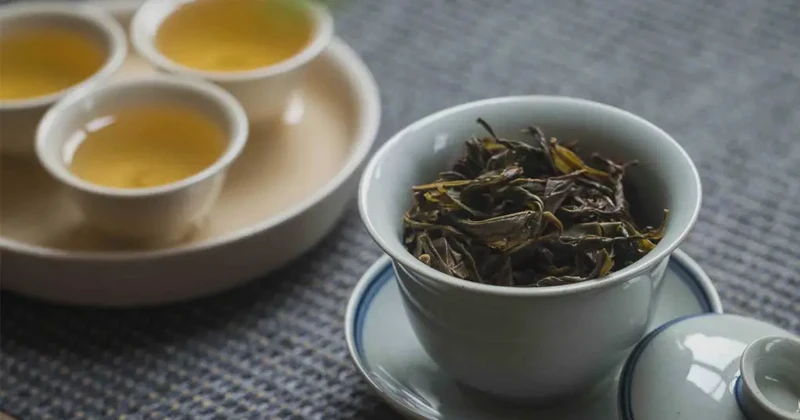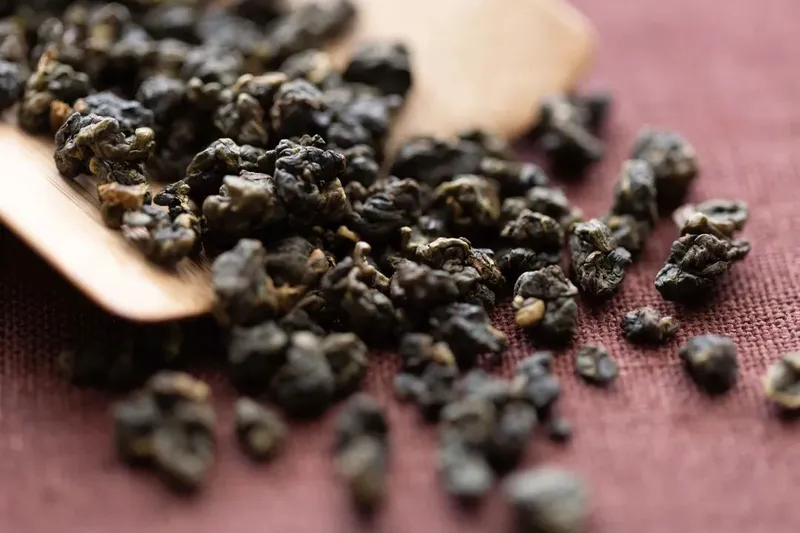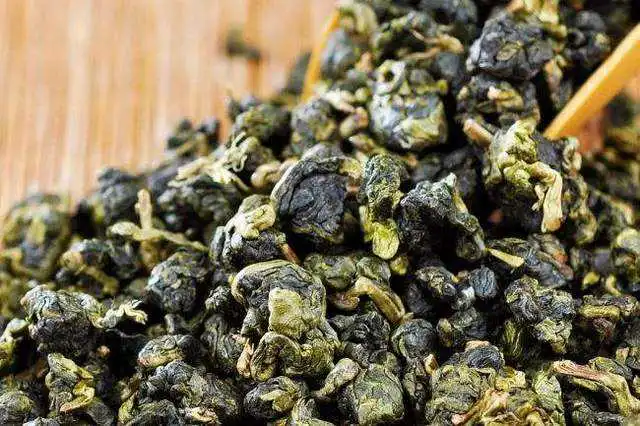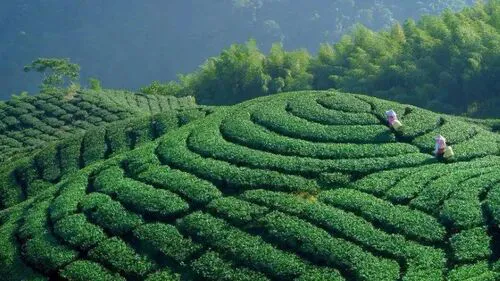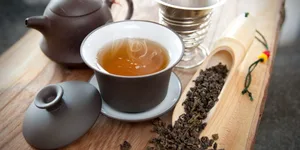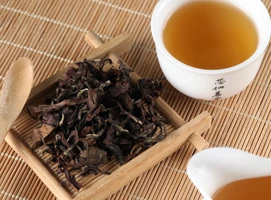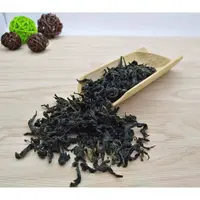Dong Ding Oolong (凍頂烏龍), also known as "Frozen Peak Oolong," is one of Taiwan's most famous and internationally recognized oolong teas. It originates from the high-altitude tea gardens of Dong Ding Mountain (凍頂山) in Lugu Township, Nantou County, Taiwan. The name "Dong Ding" literally means "Frozen Peak," possibly referring to the misty, cool climate at the high elevation where the tea is grown, or the appearance of the mountain peaks covered in frost during winter.
The tea is made from specific tea cultivars, most commonly the Qingxin Oolong (青心烏龍) variety, which is well-suited to the local climate and soil. The high altitude, typically ranging from 600 to 1000 meters, along with the cool, misty conditions, slow the growth of the tea leaves, allowing for the accumulation of complex flavors and aromas.
Dong Ding Oolong is renowned for its distinctive semi-rolled, pearl-like shape, its smooth, creamy texture, balanced flavor profile, and its characteristic roasted or "baked" aroma and taste, which results from a traditional roasting process. It is considered a classic example of a heavily roasted, ball-rolled oolong.
